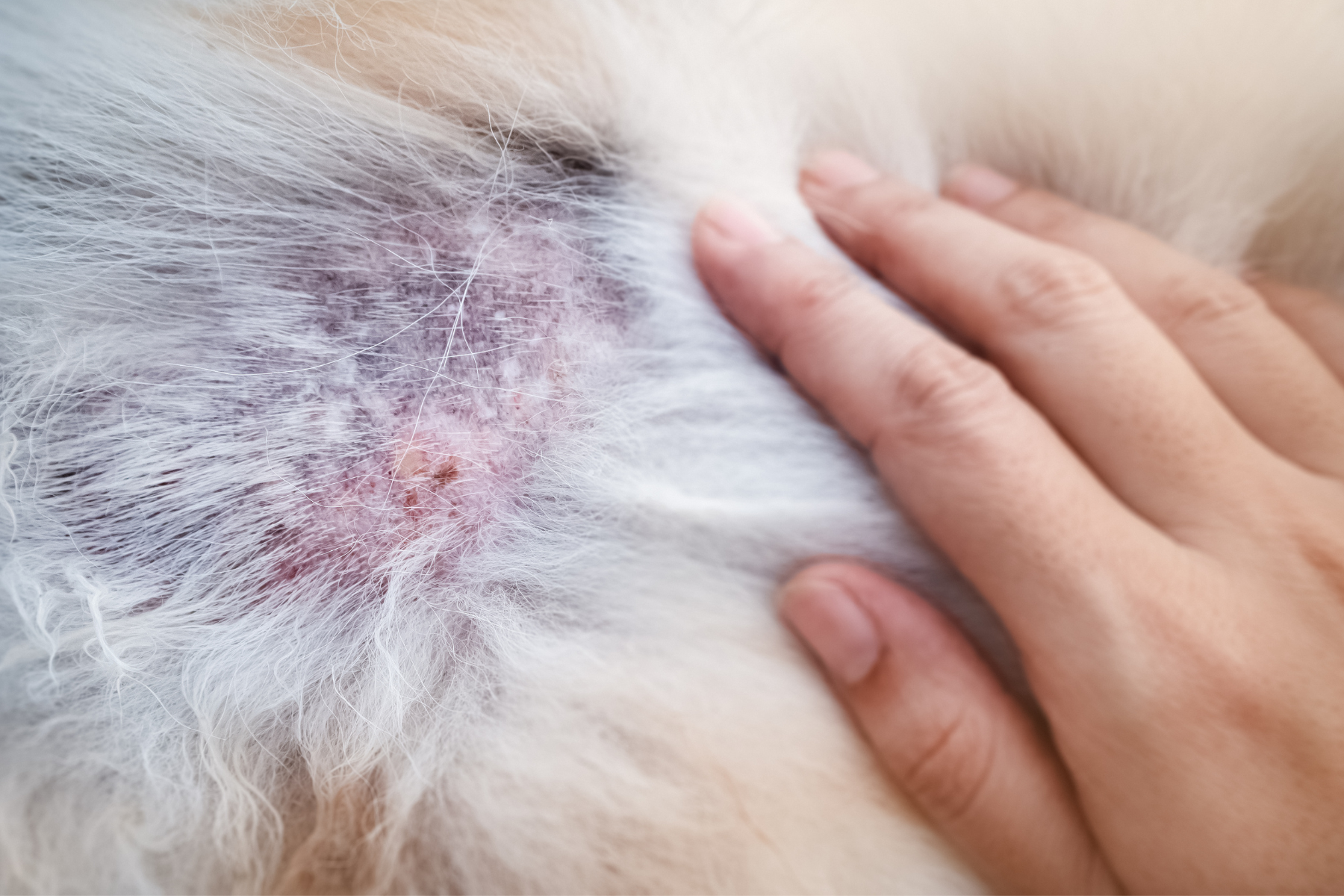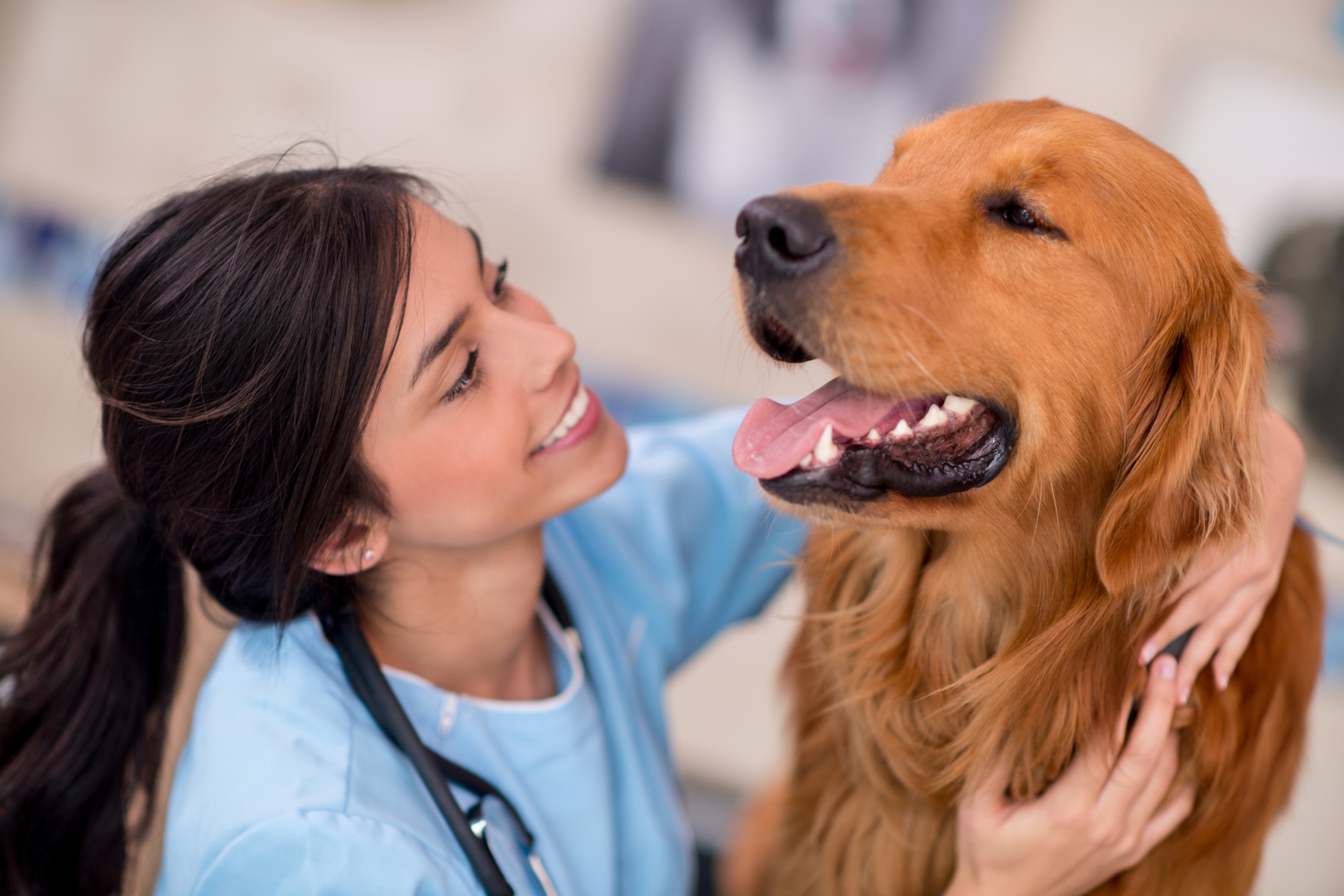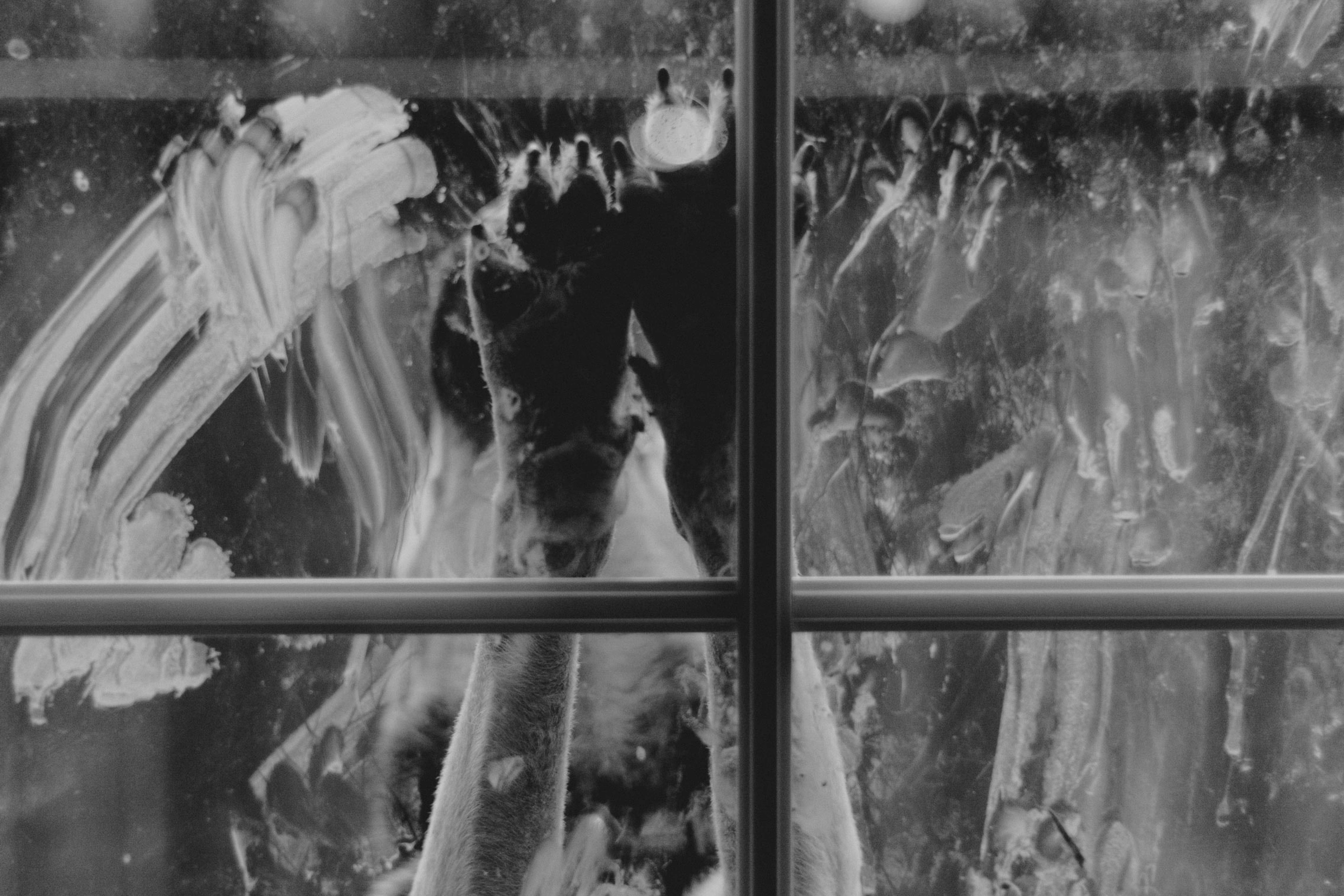How do You Know if Your Dog is in Pain?
Instinctively, animals will always try to hide their pain as a sign of weakness. So, we are responsible as pet parents to stay alert to these signs because the quicker they get treated, the better their chances of an everyday, happy life.

- Signs of Pain & Discomfort in Dogs >
- What to Do If You Suspect Your Dog Is in Pain >
WE NEED TO LEARN TO LISTEN WITHOUT WORDS BEING SPOKEN
Common signs that your dog is in pain or discomfort

Five Dos & Don'ts if your Dog is in Pain:
1. Do take your dog to the veterinarian for a thorough examination. Your vet will need to diagnose the source of the pain and recommend appropriate treatment options.
2. Don't attempt to diagnose or treat your dog's pain without professional guidance.
3. Don't sit around waiting for them to get better, being proactive with pain gives your dog the best chance of recovery.
4. Do be your dog's advocate.
5. Do ask questions and don't be afraid to get a second opinion.

Common signs that your dog is in pain or discomfort:
- Whining
- Howling
- Whimpering
- Yelping
- Groaning / Grunting
- Restless
- Reluctant to move
- Difficulty getting up from laying down
- Repetitively getting up and lies down
- Trembling, circling or lying very still
- Seeks more affection than usual
- Hunched, with hindquarters raised and front end down on the ground
- Lays on its side
- Decreased appetite
- Withdraws from social interaction
- Changes in sleeping or drinking
- Lapses in housetraining
- Sleeps more
- Licking
- Chewing / biting
- Scratching at a particular part of it's body
- Protects a body part
- Doesn't put weight on a limb
- Limps
- Doesn't want to be heldor picked up
- Hides
- Coat lacks normal shine
- Hair stands up in places
- Grimaces, vacant stare
- Glazed, wide-eyed or looks sleepy
- Enlarged pupils
- Flattened ears
- Pants excessively when at rest
- Acts out of character
- Growls and bites
- Pins ears back
- A normally aggressive dog may act quiet, docile.






